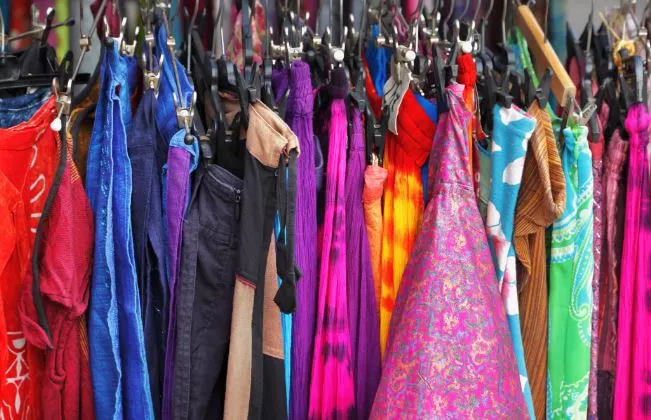Common Misconceptions About Cross Dressing
The most prevalent myth about crossdressing is that only gay men engage in it. It’s not, in actuality. Crossdressing is for everyone, homosexual, straight, or bisexual, who simply wants to express themselves. Another misconception is that only women engage in crossdressing.
The common question is, “How does it feel to be a cross-dresser for the first time in public?” There is no correct answer to that question, but there are some common misconceptions about cross-dressing. Getting caught is a common fear that many cross-dressers experiences. To get through this uncomfortable time, there are some steps you can take. You can also find a support group and seek advice.
Common misconceptions about cross-dressers
People who cross-dress do not need to feel like a woman all the time. Cross-dressers can air their desire to be a girl or a boy for days or weeks. Many cross-dressers may even go months without dressing. Many cross-dressers can create an atmosphere as masculine as a woman. However, some people are still misguided in their perceptions. Listed below are some of the most common misconceptions about cross-dressers.

Some people mistakenly think that cross-dressers are all gay. In reality, they’re a minority. While some men cross-dress to have sex with their wives, some prefer to identify with their feminine side. Regardless of their sexual identity, most transvestites wish to imitate women. While there are many myths about cross-dressers, some truths should be known.
Another myth about cross-dressers is that the majority of cross-dressers wear male clothing. While this is true in some cases, most cross-dressers wear women’s clothes. They may also wear hair extensions or makeup. It’s important to remember that these people do not consider themselves gay. Instead, they dress according to their gender identity. This is entirely different from dressing like a man, considered transgender.
Transgender people suffer from gender dysphoria. They feel uncomfortable with their assigned gender and want to change it. Some have undergone surgeries and hormonal replacement therapy to change their sex. While these processes work to alleviate the symptoms of transgender people, not all transgender people choose to undergo them. People often judge transgender people based on their family’s reaction to the changes in their identity.
Another misconception about cross-dressers is that they are transgender. While transgender and transsexual describe people who don’t identify with a particular gender, cross-dressing is not a pathological condition. It is a practice that has existed in society since long before recorded history. However, that stigma is often attached to it. It’s important to remember that this is a lifestyle decision, and many people choose to live this way for various reasons.

Some women assume that a transgender man’s actions will cause his family to feel uncomfortable. However, this is not always the case. Some wives and girlfriends support their husband’s decision to cross-dress, and their wives might be transgender. It is also essential for women to realize that many transgender men will cross-dress only when alone, and some choose to keep their lifestyle private from their partners.
While some cross-dressers have been exposed to various negative aspects of society, many have a positive history. Some claim to have first crossed-dressed as a child, even as punishment from their parents. The process sometimes continues into adulthood, although a spouse may object and face confrontations. Married people may suffer from anxiety if their partner or spouse objects.


















